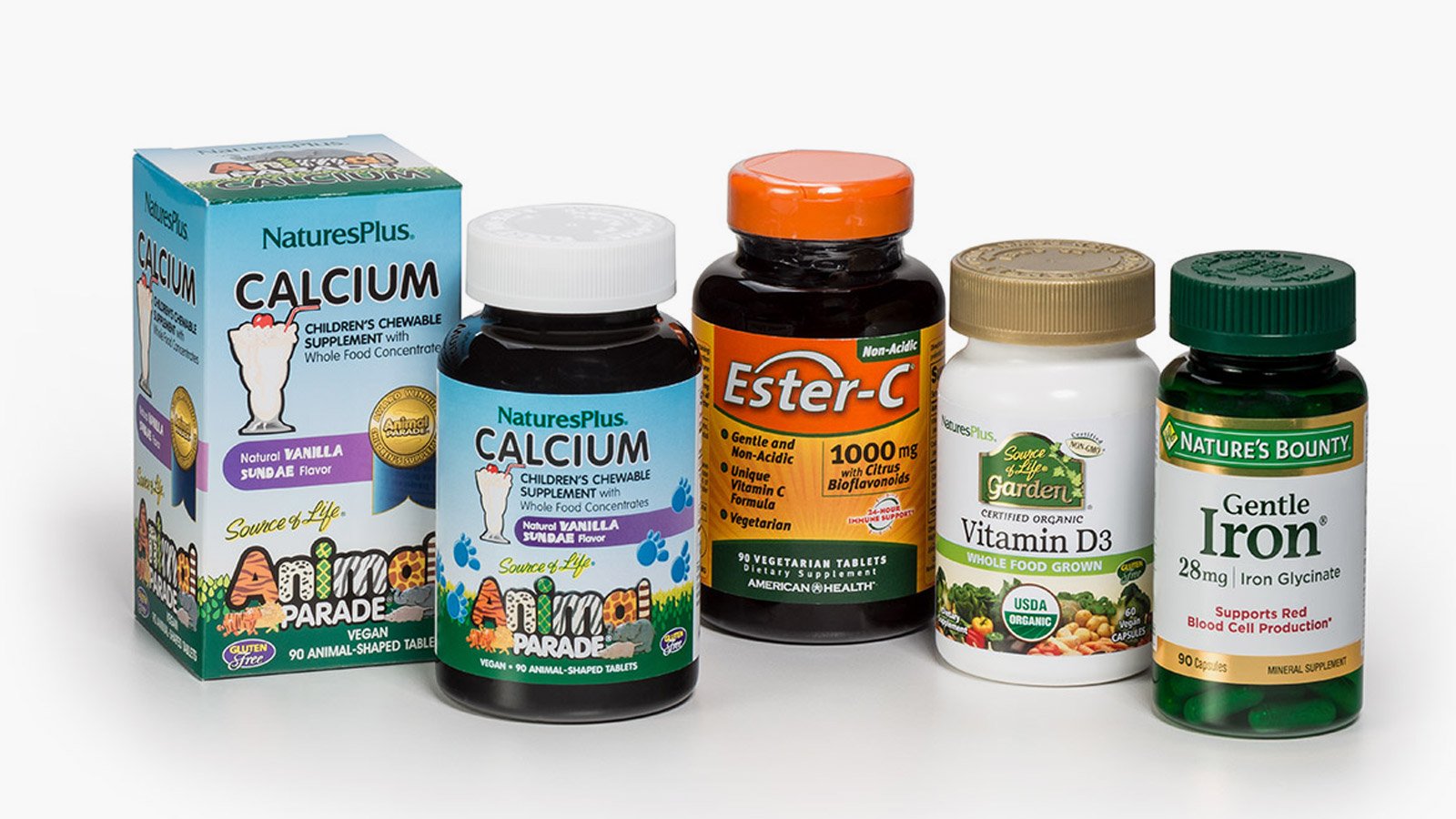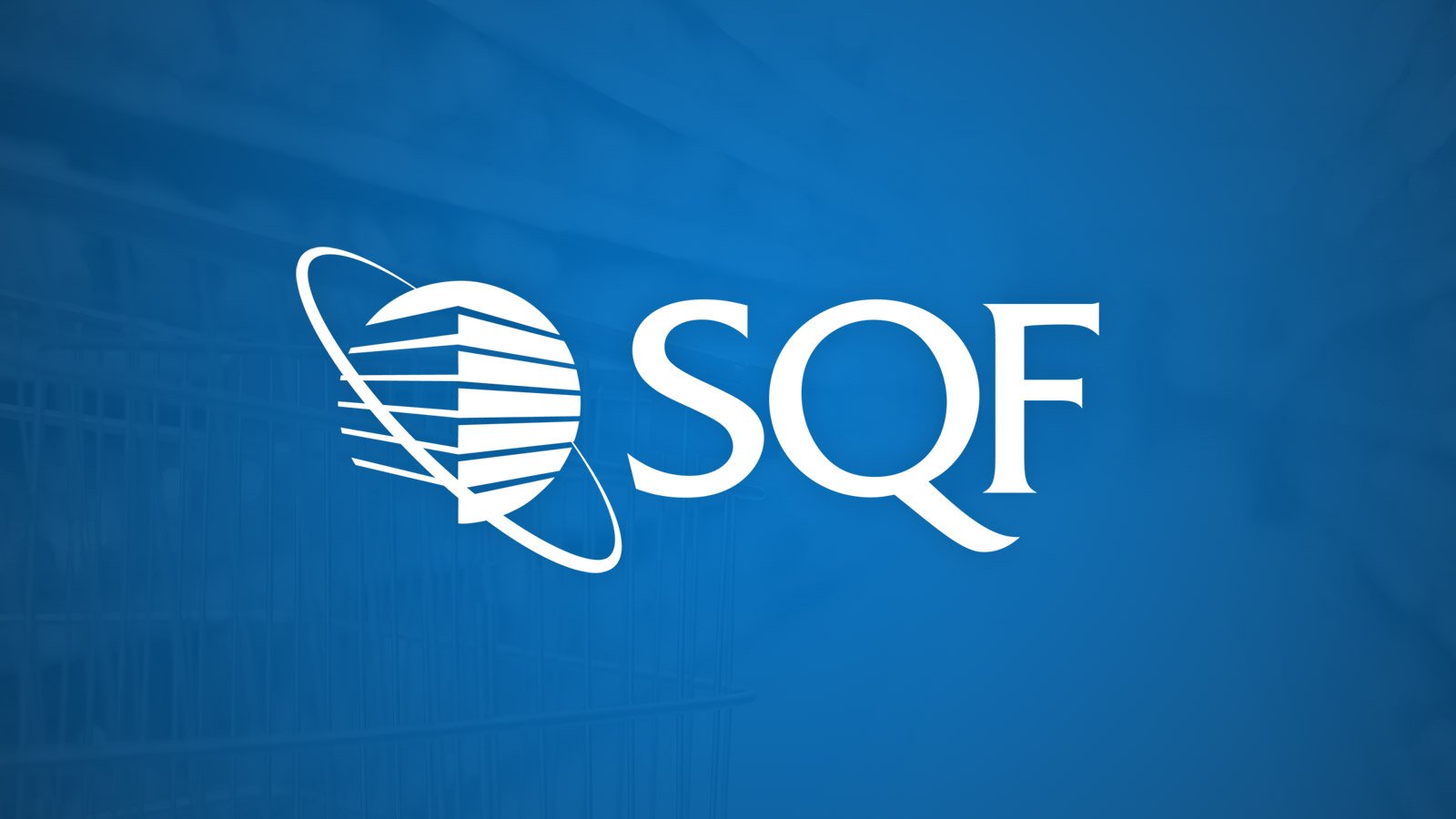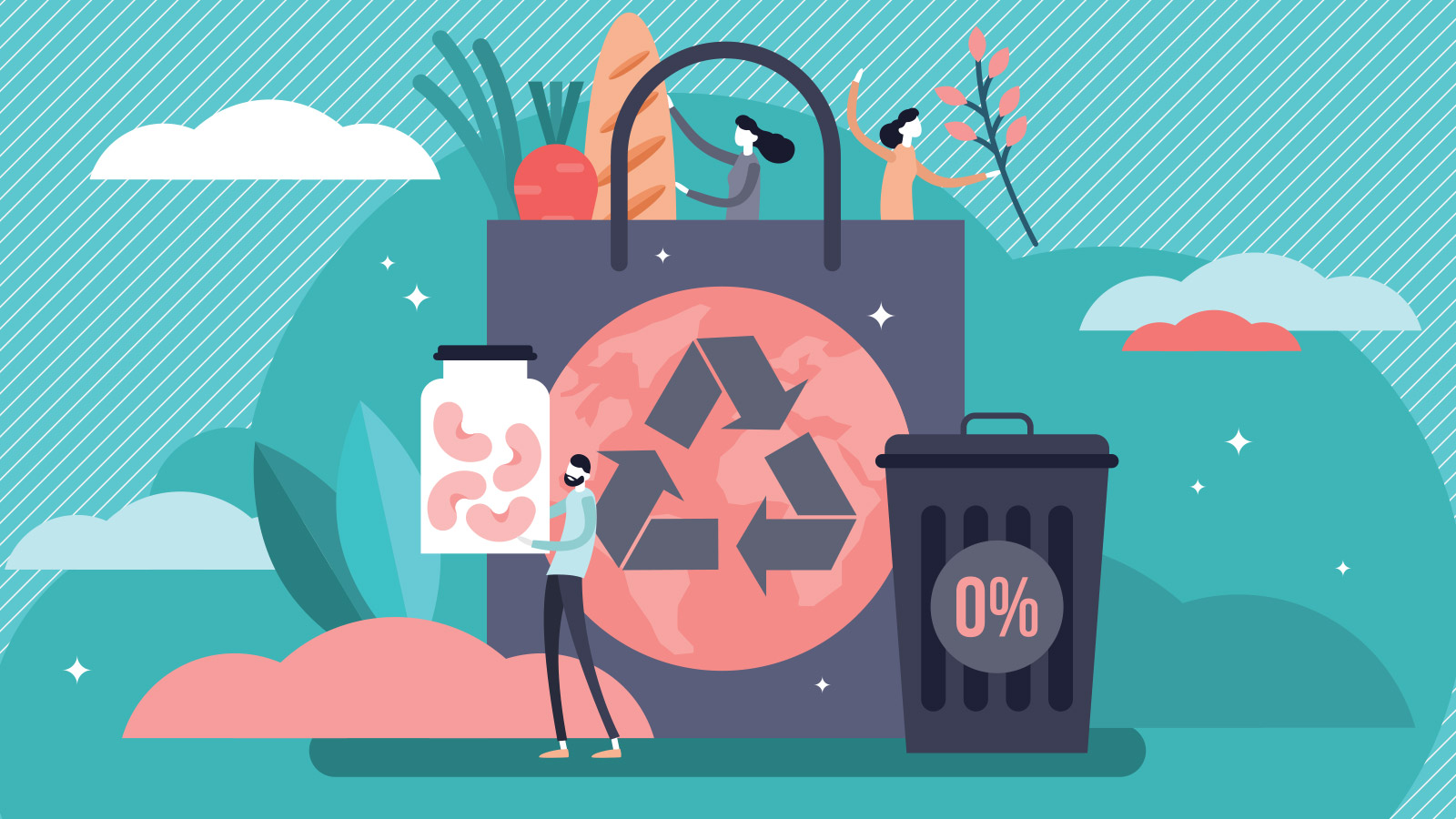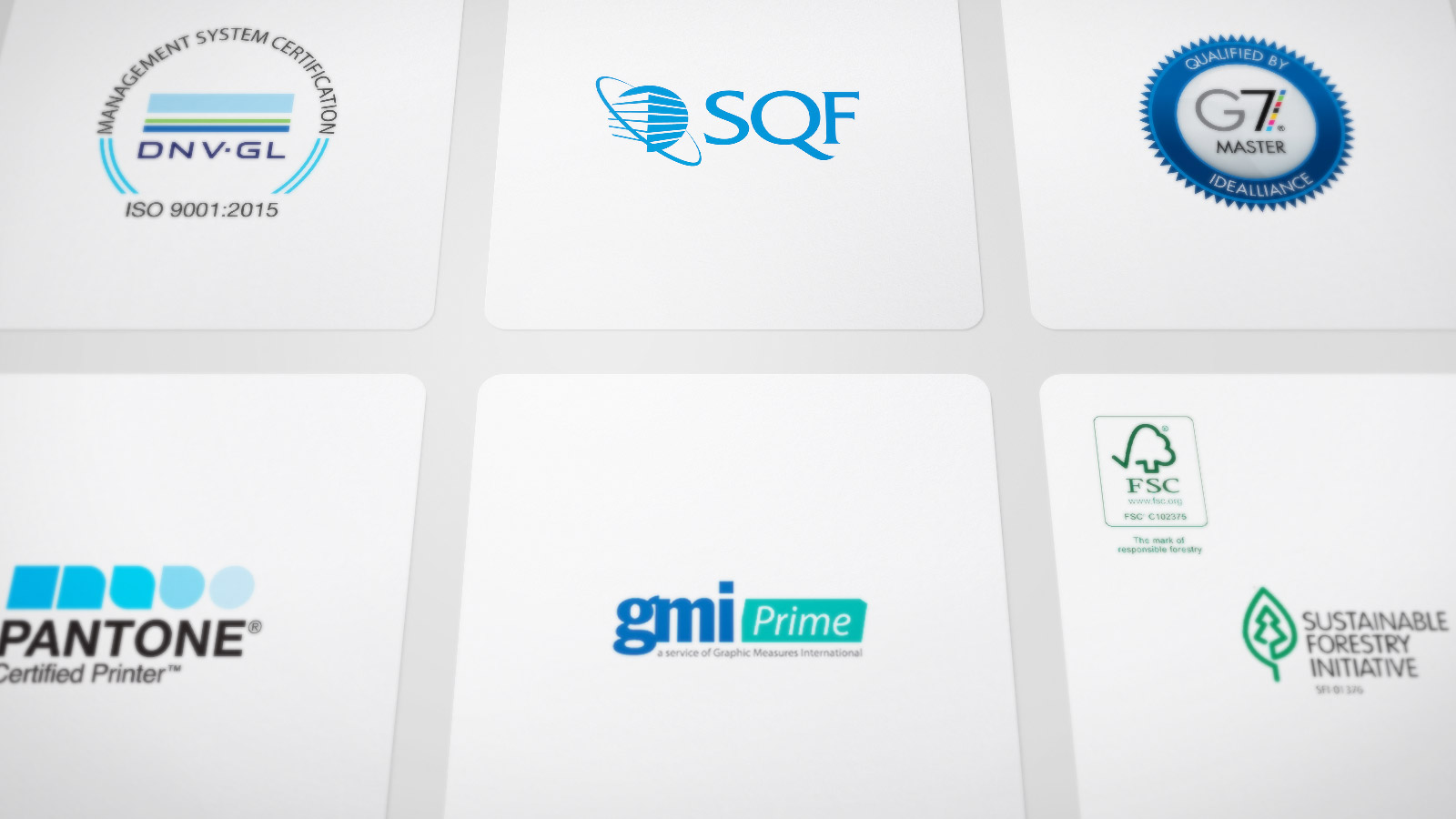Insights: Articles & Resources by Oliver Inc.

What Is Primary vs. Secondary Packaging?
As the all-encompassing term suggests, packaging serves multiple purposes.
It protects your product from damage, extends the shelf life of food, promotes your brand to consumers, and maximizes shelf presence. Packaging isn’t just about what the consumer sees and opens, but how the product is transferred, stored, and placed.
This comes together in three parts: primary packaging, secondary packaging, and tertiary packaging. We’ll focus mostly on the first two, as they have a more direct influence on how consumers perceive your products.
Both primary and secondary packaging play a role in getting your product into consumers’ hands. They work in concert, and a defect in either will compromise the packaging as a whole.
Here’s what you need to know about each, and elements to consider, as you look for a packaging solution. We’ll give special attention to folding cartons, one of the most common forms of secondary packaging out there.
Primary Packaging
Primary packaging is both first and last: It’s the first layer of protection for your product and the last piece of packaging the consumer opens. It’s a bag of potato chips, juice box, book of matches, or wrapper covering a bar of soap. It can also be a tray holding multiple products in place—say, as part of a beauty kit.
No matter what, the primary packaging needs to be of the utmost quality.
Think of the food industry. Primary packaging plays a central role in extending shelf life. If it’s defective, your product can spoil. Even for non-perishable items, faulty packaging risks damaging fragile products or sending the wrong message to consumers about your brand’s quality.
There’s another element to consider as well: branding.
Primary packaging is often contained within secondary packaging (as is the case with folding cartons). In these instances, utility matters more than appearance. However, when the primary packaging is displayed, such as through peek-a-boo windows, use it as a marketing opportunity.
Primary packaging should feature clear branding and messaging about what exactly your product is. This can be elevated with the right effects—an elegant white background with a sleek logo for a beauty product, for example, or cleverly placed windowing to give consumers a glance at the product before they open it.
This is all part of the overall unboxing experience, one you want to make memorable.
For companies using tinctures, bottles, or something similar (especially those in cosmetics), supplement your packaging with a strong label that speaks to your brand and provides important information. Integrating connected packaging into your primary packaging design is another way to further educate consumers.
Finally, ask about sustainability when working with your packaging partner. They can talk you through options to limit plastic use or provide alternative materials, without sacrificing quality (for instance, within food packaging or among beauty brands).
Secondary Packaging
The box holding the aspirin bottle. The case securing the soda cans. The plastic wrap on a two-for-one deal. Or the folding carton securing your fruit snacks. All are examples of secondary packaging, which holds together individual units of products.
In this sense, secondary packaging serves a practical purpose. It organizes or stabilizes products to get them shelf ready. It also makes for easier and safer storage, so when it comes time for a manufacturer to ship off more units, you can trust they make it to consumers intact. Similar to primary packaging that’s displayed, secondary packaging is an important tool for brand marketing, particularly when it’s a folding carton.
Folding cartons are one of the most common forms of secondary packaging, and you should take full advantage of them. The paperboard they’re made of offers a blank canvas of sorts for expert physical designs and possibilities for decorative elements, while remaining strong enough to protect your products.
(Plus, folding cartons easily accommodate radio frequency identification (RFID) technology, which is becoming widespread in most retail industries.)
Abundant paperboard options exist for folding cartons, including sustainable alternatives. You might also consider post-consumer recycled paperboard, as well, if your brand wants to embrace sustainable packaging practices.
While paper continues to be incredibly popular for folding cartons due to its renewable nature and durability, be certain your secondary packaging partner sources it from responsibly managed forests as certified by the nonprofit Forest Stewardship Council (FSC) or Sustainable Forestry Initiative (SFI).
Common paperboard grades for folding cartons include solid bleached sulfate (SBS), coated unbleached kraft (CUK), coated recycled paperboard (CRB), clay coated news back (CCNB), uncoated recycled board (URB), and thermal mechanical pulp (TMP).
The right packaging partner will work with you to deliver a well-designed folding carton (or other form of secondary packaging) that meets your goals. Every detail of the folding carton design process is considered to optimize resources and instill peace of mind.
You'll be confident in your product—so, too, will your customers.
Tertiary Packaging
While tertiary packaging doesn’t immediately impact consumers, it’s worth touching on it as you consider how the overall shipping and fulfillment process affects your revenue.
Put simply, tertiary packaging is used for shipping large volumes of products—think shrink wraps around boxes—and storage. It is usually not seen by the end-user, as it is removed before your products are displayed on retail aisles. Tertiary packaging often includes large cardboard boxes, pallets, and strapping, as well.
Tertiary packaging has several important functions:
- Protects primary and secondary packaging from damage, moisture, dust, and other environmental factors during storage and transportation.
- Facilitates the handling, loading, and unloading of products with equipment such as forklifts and pallet jacks.
- Provides information about your products inside, such as quantity, weight, expiration date, and barcodes, with labels or printed graphics.
- Enhances the convenience and efficiency of distribution and logistics by grouping products into standardized units.
- Reduces the waste and cost of packaging materials by using reusable or recyclable materials.
Tertiary packaging can be optimized by using bespoke and innovative solutions that neatly fit your product’s size, shape, weight, and fragility. Right-size packaging principles come into play here, the practice of using only the amount of materials you need to effectively secure, protect, and ship your products. No more. No less.
Excessive packaging materials are not only wasteful and financially costly, but environmentally damaging, as well.
As with primary and secondary packaging, the tertiary layer can be made more sustainable by employing materials that are biodegradable, compostable, or derived from recycled or renewable sources.
As far as marketing purposes go, choosing the right tertiary packaging should take into account the transportation and handling process for warehouse workers and retail employees. If your tertiary packaging is too cumbersome, frustrating, or unpleasant for workers to manage, they and their employers are less likely to stock and store your products.
So, although consumers have little interest in the tertiary packaging you select, it still generates marketing value for your products and brand.
Primary & Secondary Packaging by Industry
Food & Beverage
When it comes to food and beverage packaging, brands have to pay extra special attention to materials, making certain they interact well with foods and liquids. Primary packaging must not impact the flavor while preserving the quality of the consumable product—whether it’s stored in a fridge, freezer, or on a pantry shelf.
Among the top questions you should ask a printing and packaging supplier is whether they are Safe Quality Food (SQF) certified. This certification ensures your food and beverage products abide by the highest global safety standards.
Notably, your food and beverage packaging materials will also require barrier coatings and poly film intended to prevent contamination, while windowing and thoughtful design elements attract consumer attention.
Shelf-ready design is a form of secondary packaging that’s particularly popular in the food industry. Also known as retail-ready packaging, this approach focuses on storage and ease of handling, making it simple for consumers to grab single items off the shelf while retaining clean organization and appeal among remaining products.
Health & Beauty
A unique focus for health and beauty brands, visual cues on secondary packaging need to create an immediate impression, leaving a lasting mark on consumers. Whether it’s striking hot foil stamping or resplendent embossing, consumers expect secondary packaging to reflect your beauty style, be it elegance, audaciousness, simplicity, naturality, or luxuriance.
Additionally, “clean beauty” has become ubiquitous. Consumers want to know the health and beauty products they buy comply with clean beauty efforts. Your products should avoid the use of ingredients such as parabens, sulfates, silicones, phthalates, synthetic fragrances, and other toxic substances, if you want to display this label.
And this commitment should be communicated clearly on your secondary packaging, highlighted for all to see.
You might also consider integrating interactive elements into your cosmetics packaging design, a newer trend that delights consumers.
Pharmaceuticals & Cannabis
Similar to the food and beverage, and cosmetics industries, where branding is balanced with instructional information, pharmaceuticals and cannabis products must also include details on both primary and secondary packaging.
For instance, when the secondary packaging for a pain reliever has been discarded by a customer, they’ll need essential instructions on the primary packaging. Cannabis products must include these, too. You don’t want your product to become a liability because consumers ingested incorrect dosages or applied it improperly.
Primary packaging for pharmaceuticals and cannabis products must also hold up over time and in different settings. If, for example, someone keeps an over-the-counter medicine near a shower, the label needs to sustain humid conditions.
Anti-counterfeiting is another feature central to pharmaceuticals and cannabis products. When you're taking something into your body, you want to be confident it hasn’t been tampered with or contaminated. For this reason, pharmaceutical and cannabis brands need to be sure their packaging keeps their products and consumers safe.
For consistent quality and look, it's best to turn to a single provider for primary and secondary packaging and labels, rather than multiple. By working with an experienced printing and packaging partner, such as Oliver, you won’t have to leave anything to chance.
So, whether you’re striving for more sustainable packaging, want to match brand colors with extended gamut printing, are interested in the benefits of digital printing, or unsure about your current packaging designs, Oliver is here to help.
Oliver Inc. is the nation's leading independent supplier of custom paperboard packaging solutions. Equipped with advanced capabilities and a commitment to excellence, we are eager to help you implement your next packaging design. Contact us today to learn more.
Topics


